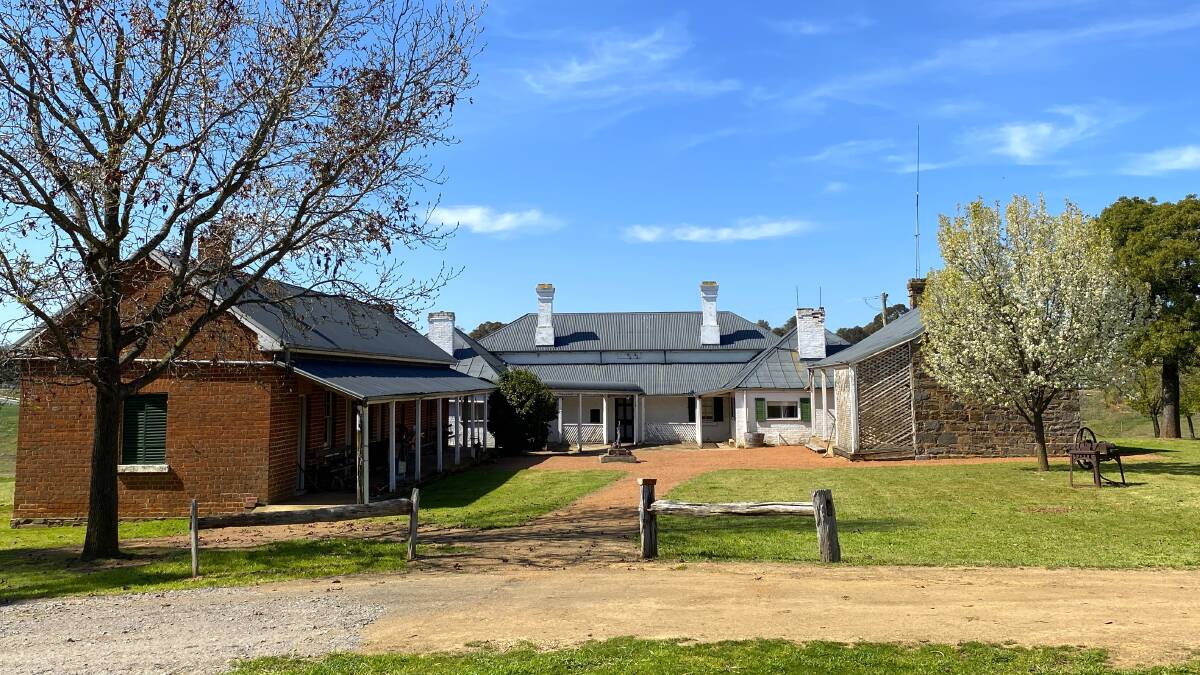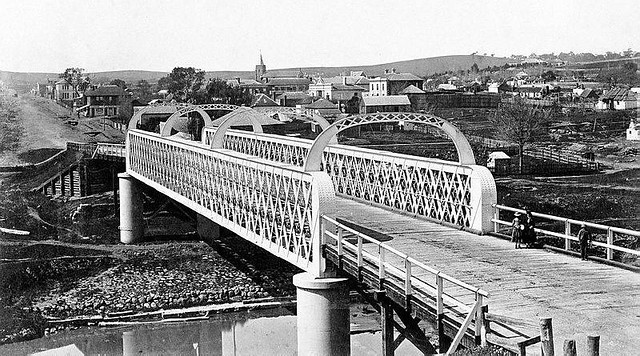(BY OUR TRAVELLING CORRESPONDENT.)
from Australian Town and Country Journal
Sat 9 Feb 1878
banks of the river on the north side of the town.
 |
| Cliftonwood, Yass (Canberra Times) |
Cliftonwood was purchased by its present owner some, two years ago. lt then contained about 100 acres ; since then some adjoining property has been acquired, and it now makes a most complete homestead, in which Mr. Sharpe has comfortably settled down to enjoy the rest which he feels he has fairly earned, after some forty years hard work on his station property. When the present owner took possession of Cliftonwood, the buildings were all of the ancient style ; since then magic wand, money, has worked an entire change. A handsome villa residence built of brick, and luxuriously furnished, has taken the place of the old pile. A nice garden slopes down, the rise to the river, in which are some choice flowers and plants, besides vines and fruit trees, and a vegetable garden, but the hot winds experienced a month ago have made sad havoc with nearly everything in the grounds. The brick stabling and coach house with harness rooms, &c, are most complete, while two large sheds, also of brick, are attached in which to afford cover for the farming implements, and to stack the firewood required during the winter months, of which some three tons were cut and ready alongside. As showing the productiveness of the land, I was shown a stack of hay containing 16 tons, the result of 4 acres, and this during a bad season.
Crossing the river I came out on the main road by the North Yass store, belonging to Mr. Mallyon, the only one this side the river, and therefore doing a fair share of business in the general line. A mile further on the road, towards Bowning, is Mr. T. E. Hannan's hotel and farm. The wheat crop was a fair average, and the result would be known ere long, as threshing operations were in full swing. Turning to the right up a bye-road, I crossed the railway and passed over the town reserve, on which there is little or no feed. A nine-mile ride brought me to Oak Range, Mr. W. H. Chambers's property, of about a 1000 acres, lightly timbered grassland with some good grazing qualities, as the sheep were in fine condition, especially the lambs ; the run is not overstocked, there being only some 700 sheep besides 50 head of cattle. Mr. Chambers has only had a few acres under cultivation for home use, the wheat being very good. There are four dams on the property, but the water is rapidly decreasing in them, although greatly economised. The proprietor met with some severe losses during the last three years, but this season has, so far, escaped. Four miles from Oak Range is Mr. Owen Ryan's station, on the Barrengullen (sic) Creek, of 5000 acres, with about 6000 sheep on it. Mr. Ryan has been obliged to rent some land on the Yass River, as the creek has not a drop of water in it, which has not occurred for the last twelve years. Lambing last year was very bad, in fact, there would be no increase. The threshing machine was at work during my visit, and a yield of 18 bushels was expected from the flats that were cultivated on the creek. Mr. Ryan also has a station property near Cobar, and in trying to stock it last year he lost nearly the whole of his sheep, cattle, and horses that had been sent there, through the want of water—a severe loss to him. Following up the creek, I passed two or three selections ; but times are, and have been, very hard on them ; in fact, ruin staring them in the face. A ride of six miles, and I came again on the main south road, close under Mount Bowning, round which the road winds to the township of Bowning, distant a mile or so. From the Mount, a splendid view can be obtained for over thirty miles around ; but time would not permit me to avail myself of the opportunity. Bowning, a small township on the railway, is nine miles from Yass, and wears a very desolate appearance about the buildings in the village since the iron horse passed further on. A large number of the residents have forsaken the place to pitch their tents further along the line in the direction of Cootamundra. The land around is very sterile, even in good seasons, but now it is entirely barren, and hardly any agricultural operations are carried on. Water is becoming very scarce, and any fit for drinking purposes has mostly to be brought from Yass and such is the case nearly all the way to Cootamundra. Every train has its water tank attached, passenger and luggage alike, and then it does not supply one half of those requiring this now most precious fluid, and some have lately been compelled to imbibe what would make the Sydney folk grumble for a month. Sydneyites have no conception of the hardships that those in the country districts are now undergoing, with the prospect of having still worse to encounter
The station at Bowning is built after that at Yass, and the post and telegraph office is attached to it. The traffic done at this station, inwards and outwards, makes it rank next to Goulburn, and is the principal support to the township. The public school has had a new wing and a verandah added to it, while the number of scholars has somewhat decreased. There are two stores, those of Mr. P. Hall and Mr. W. Barber, and both complain of the slackness of trade. Mr. Barber also owns the Australian Arms Hotel, adjacent to his store at the railway gates, while Mr. Carr at the Royal dispenses first-class liquors to the thirsty traveller.
At the junction of two roads is the Bowning Hotel, occupied by Mr. Fitzgerald. I observed a quantity of bricks stacked on some ground, and after inquiries learnt they were for the purpose of building a church, but funds could not be obtained to proceed with the building.







